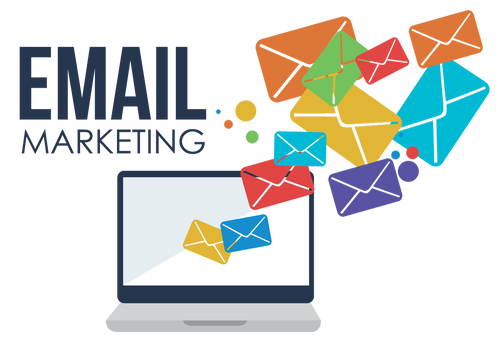Email marketing stands as one of the most potent tools in a marketer's arsenal, offering an impressive return on investment when executed correctly. However, the path to successful email campaigns is often littered with misconceptions and errors, some more apparent than others. While some marketers voice frustrations like "My campaigns aren't converting," the issue often lies not in the channel itself but in their approach. Here we dissect the common myths and blunders in email marketing and provide strategic insights to help you steer clear of them.
Dispelling Email Marketing Myths
Let’s start by demystifying some of the most prevalent myths that lead marketers astray:
The Lure of Image-Heavy Emails: While a picture is worth a thousand words, overloading emails with images can backfire. Not only do they increase load time, but they can also trigger spam filters, and not all email clients render them properly. A balanced approach with well-chosen words can be more effective.
The Neglect of Email Verification: Skipping the crucial step of email verification jeopardizes your campaign's reach and effectiveness. Regular list cleaning ensures you're not sending emails into the void and improves deliverability rates.
Underestimating Open Rates: The open rate is a critical metric, signaling the first step of engagement. It gives you insight into how well your subject lines perform and whether your emails are reaching interested parties.
Subject Lines as an Afterthought: The subject line is your email's handshake. It's the first impression that dictates whether the door to engagement opens or slams shut. Craft them with intention.
Considering Email Marketing Cost-Free: While email marketing is cost-effective, it's not without expense. Investing in quality content, design, and list management tools is essential to reap the benefits.
Rectifying Email Marketing Mistakes
With misconceptions out of the way, let’s tackle the common mistakes:
Ignoring Permission Protocols: Gone are the days when unsolicited emails were just a nuisance. Today, they're a legal liability. Explicit permission is non-negotiable. Use opt-ins, not assumptions, as the foundation of your email list.
The Perils of Long-windedness: In an era of dwindling attention spans, brevity is your ally. Keep your content concise and scannable. Use bullet points to break down information and keep the reader's journey smooth and swift.
Overusing Caps Lock: ALL CAPS may capture attention, but not the kind you want. It's the digital equivalent of shouting and can trigger spam filters. Instead, use font variations and whitespace to emphasize important points respectfully.
Vague Calls-to-Action (CTAs): A CTA should be the climax, not a cliffhanger. Avoid generic language and be explicit about the value proposition. Rather than "Click here," try "Get your free ebook now!" to clarify the benefit.
Frequent Sending Without Substance: Over-mailing can exhaust even the most loyal subscribers. Focus on quality over quantity. Each email should offer value, whether it's in the form of information, entertainment, or discounts.
Mastering the Art of Email Marketing
Effective email marketing is both a science and an art. It requires a deep understanding of your audience, a strategic approach to content and scheduling, and a relentless pursuit of refinement through data analysis.
Conclusion: Cultivating a Successful Email Strategy
To excel in email marketing, one must be willing to evolve with the trends, learn from analytics, and above all, treat subscribers with respect. This means providing value with every send, respecting their inbox, and ensuring that each message is crafted with purpose. Sidestep the myths, correct the blunders, and watch as your email campaigns transform into a driving force for success.
Embrace these principles, and your email marketing will not only avoid the common pitfalls but will also thrive, engaging and converting subscribers with the finesse of a true digital maestro.



